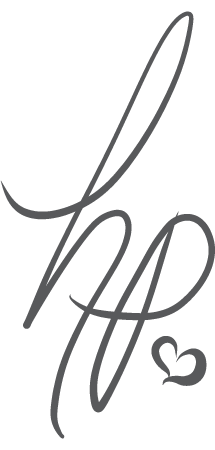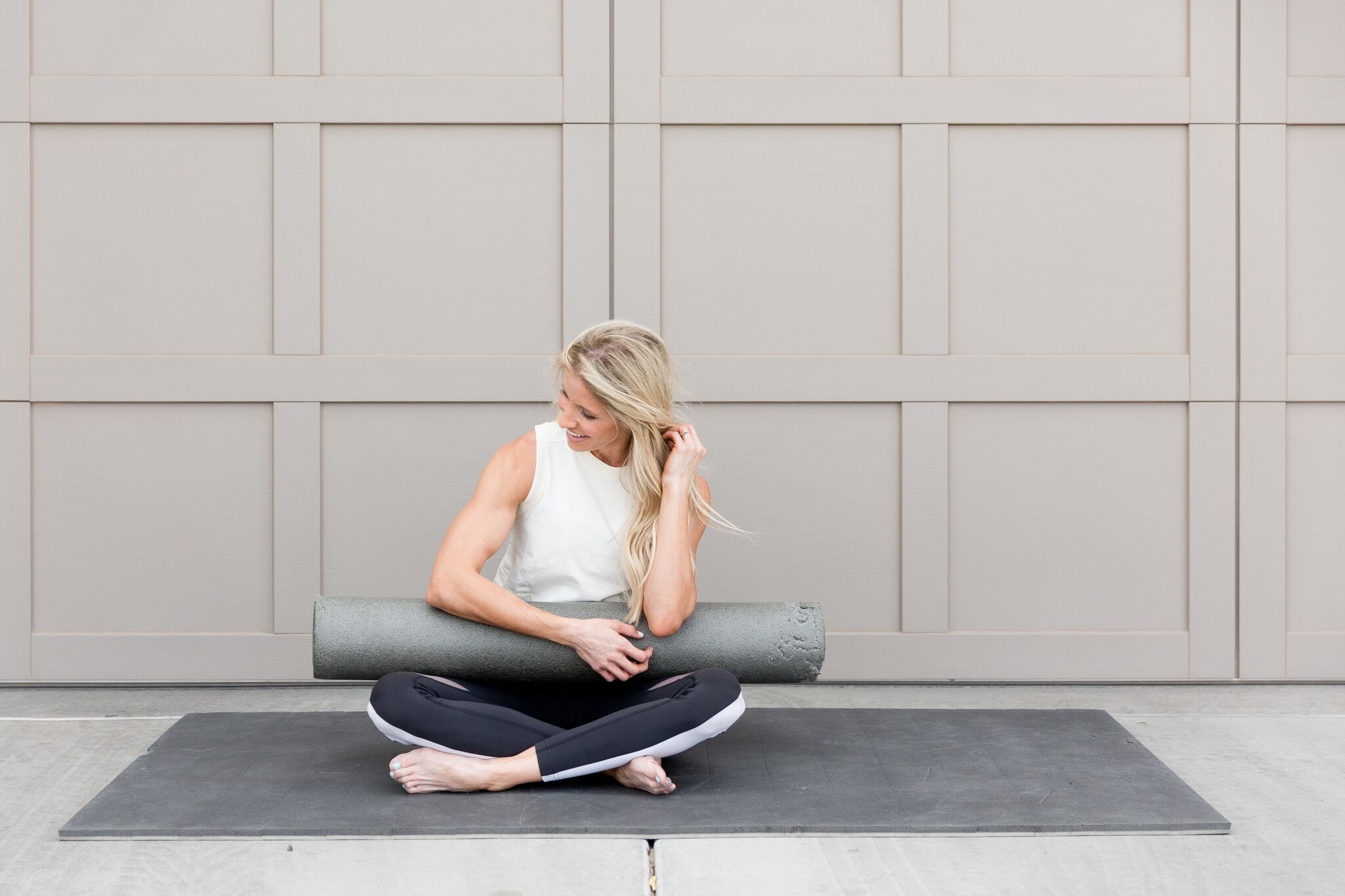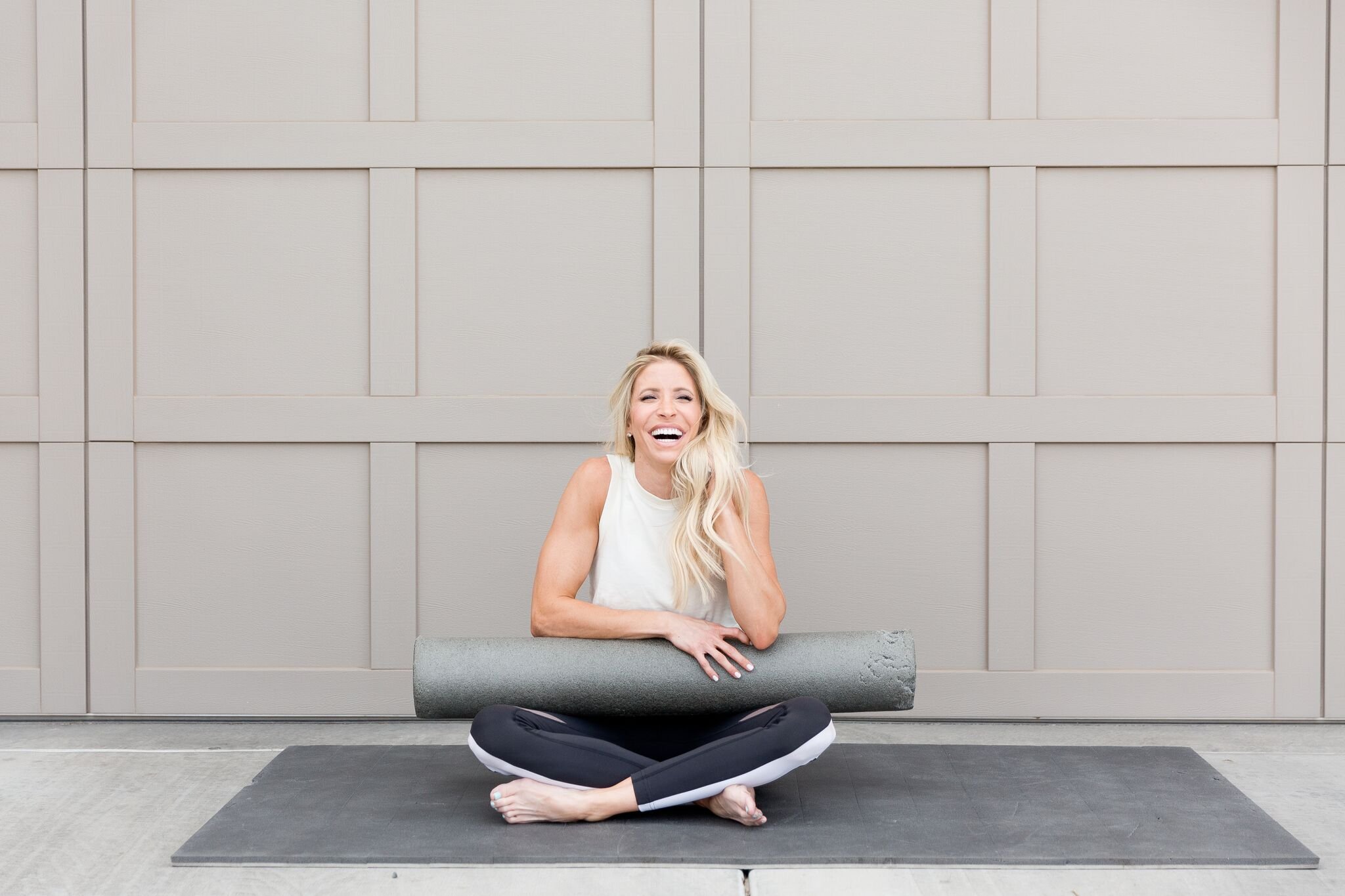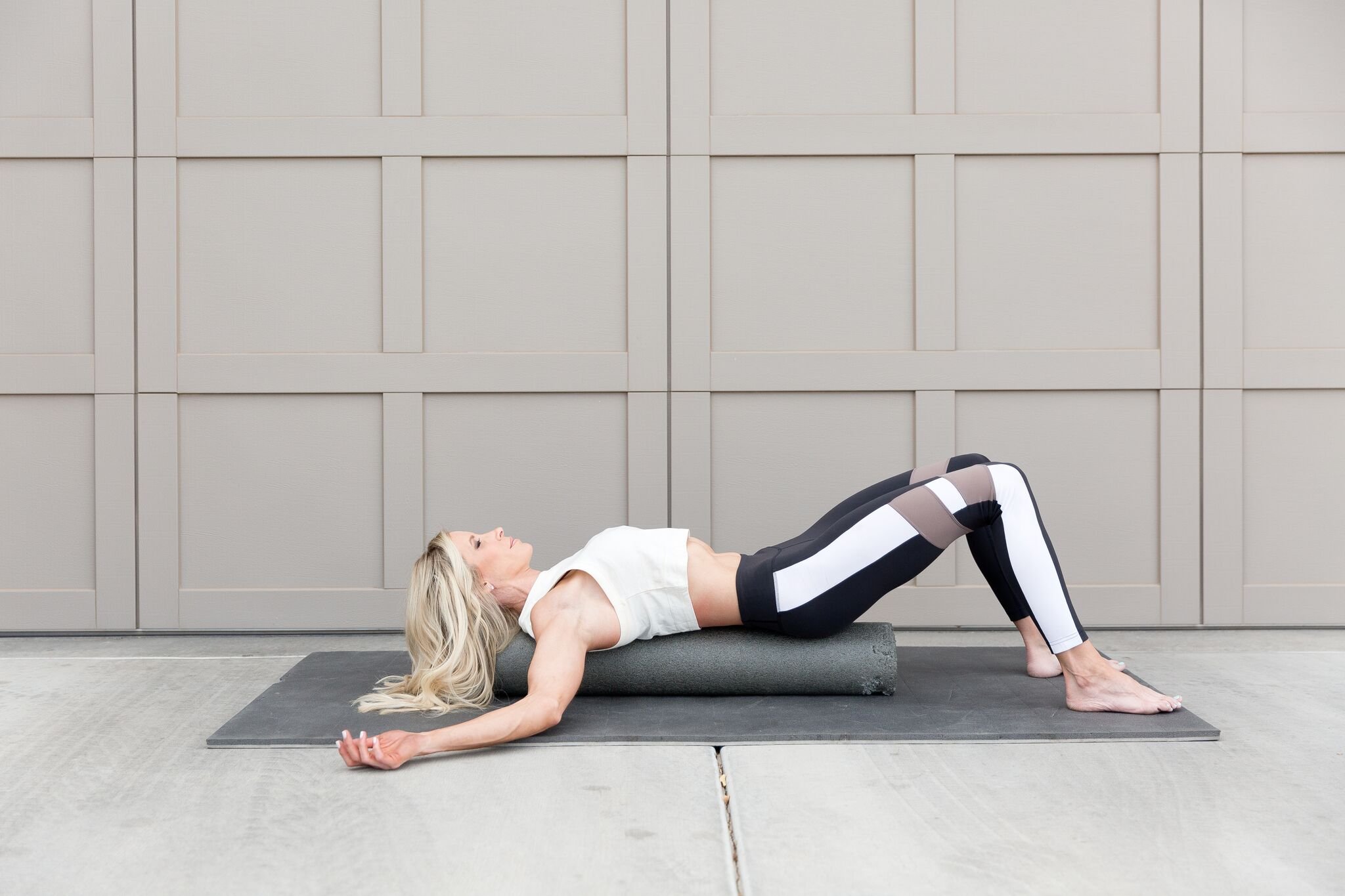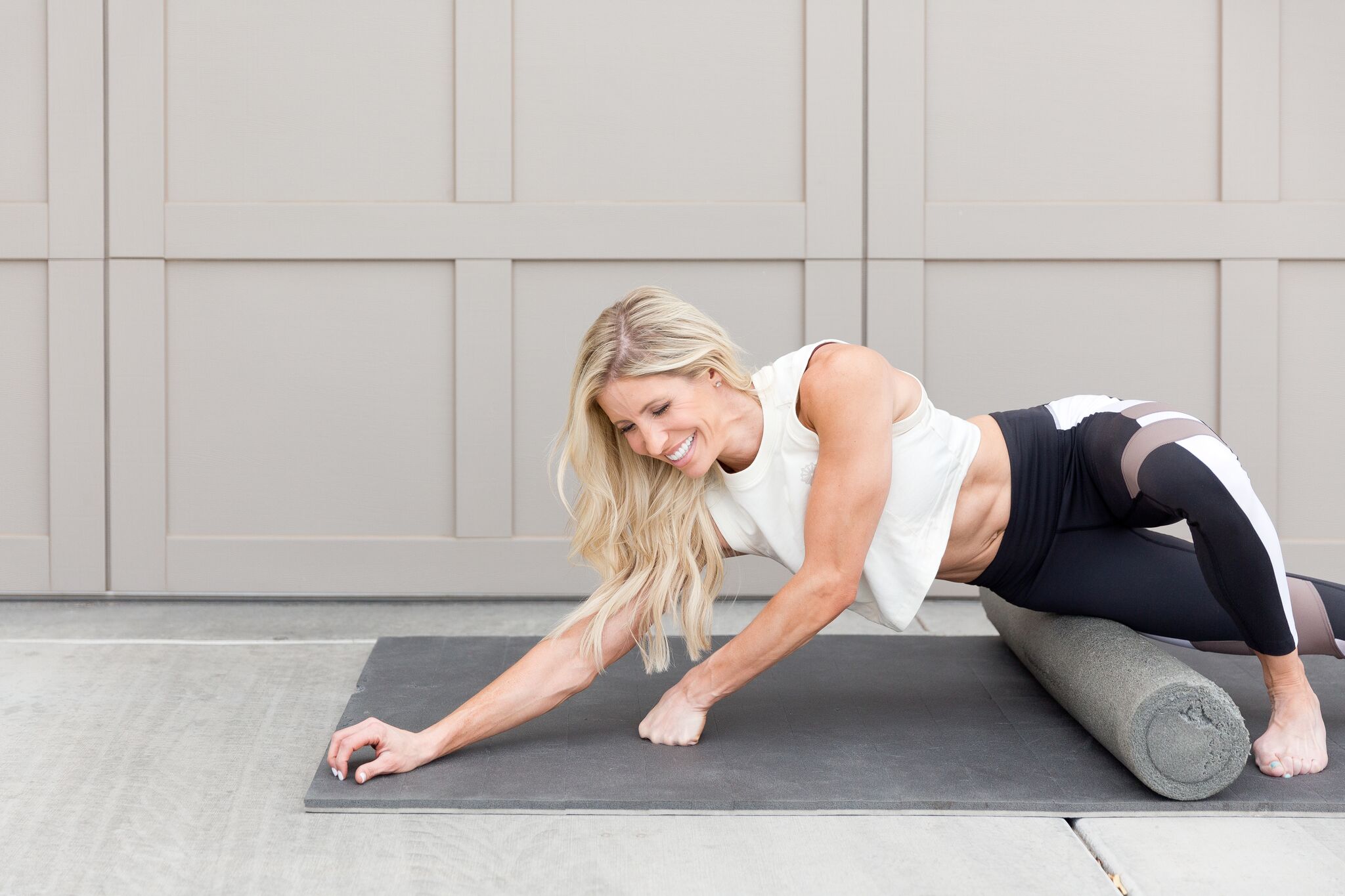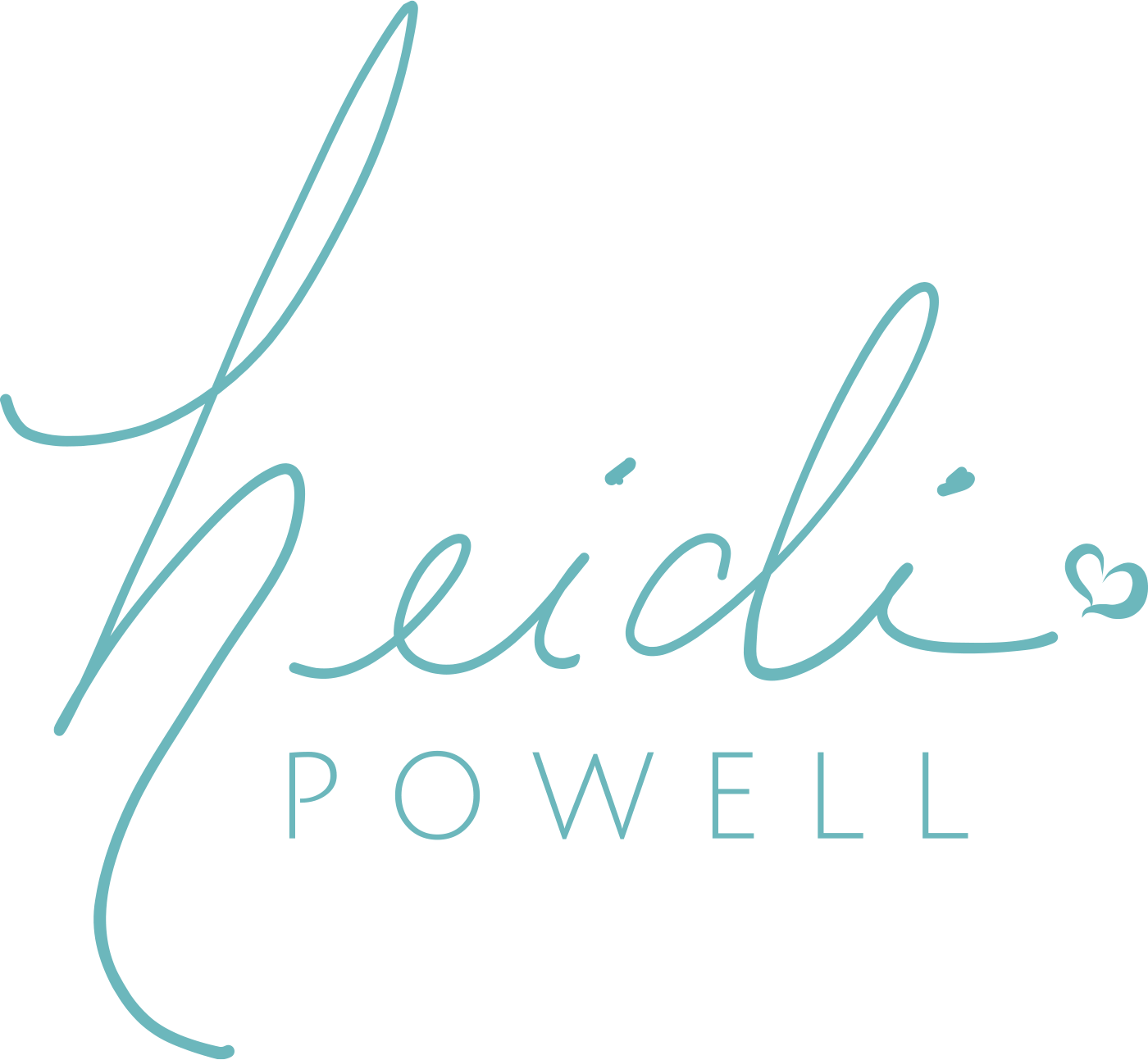One of the biggest setbacks I see when I’m coaching or even scrolling posts on the ‘gram is muscle soreness. Someone starts a new fitness program, they wake up sore the next day or next couple of days, so they take a few days off to recover and then start all over again the next week. We’ve all been there: A brutal first leg day that prevents us from being able to successfully walk up and down our stairs or go to the bathroom?! Come on…You know that struggle is real!
If you’ve never had to cry out for help getting off a toilet seat at least once in your life after leg day, you’re not doing it right. KIDDING!
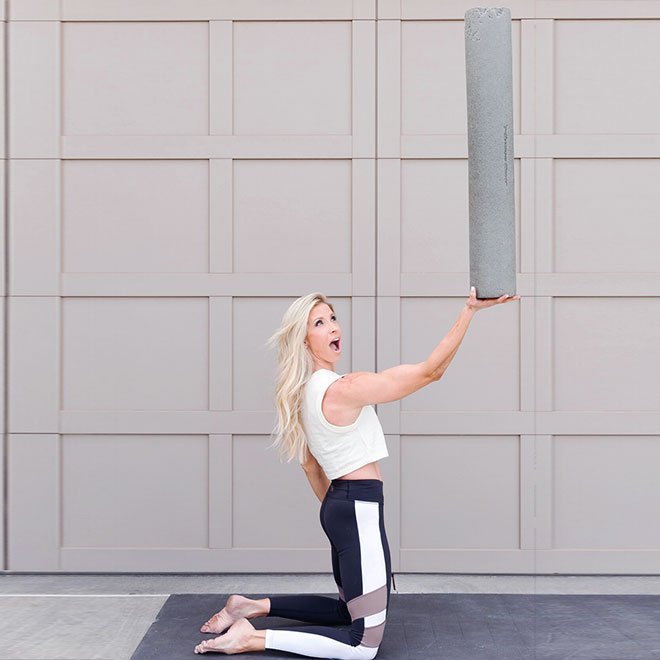
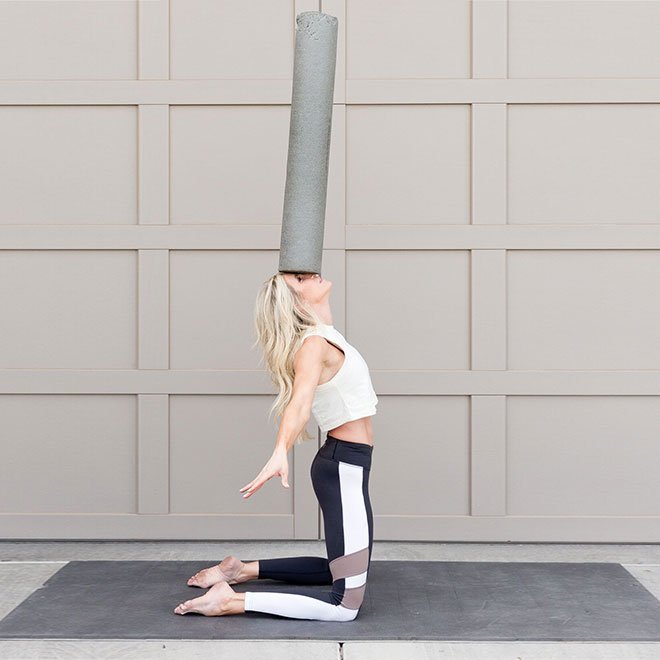
Outfit + muscle recovery product details:
Reebok Leggings, Cropped Tank (similar here in pink under $15), Foam Roller, Kinesiology Tape
Bonus: Click here for some answers to the age-old questions: Should You Feel Sore After Every Workout?
Favorite Hacks + Products for Muscle + Workout Recovery
Here’s the thing about muscle and workout recovery, it’s that pause—that instantaneous time off and then starting over again—that causes the setback. And since I’m proclaiming a season of success for ALL of us, that means I want you to start out this new season successful too. Keep reading, friends. I’m sharing my best tips, tricks, and yes, a product or two that I live, love, and swear by when it comes to muscle soreness and workout recovery so that your day one doesn’t have to keep repeating itself.
Want more? Click here to earn more about the basics of foam rolling here.
Foam Rolling
Be honest. How many of you actually take the time to adding foam rolling into your warm-up or cool-down routine? If I’m being truthful, there’s probably not many who do. I’m even guilty of skipping this part sometimes! But if there’s one thing I can impress upon you when it comes to post-workout recovery routines it’s this: A few minutes of rolling can go a long, long way.
Get yourself a foam roller and use the dang thing. Trust me. The first time you try it you’ll probably think I’m crazy because it’s not the most comfortable thing to do. But, I swear it’s going to end up being your best workout buddy. Foam rolling (or Myofascial Release, for the technical term) helps relieve your muscles of those teeny, tiny, nagging balls of tension and pain that come with the lactic acid buildup from your workouts. And when you put pressure on those spots by foam rolling, you’re helping the muscle break down the knots and remove them. Goodbye, nagging pain.
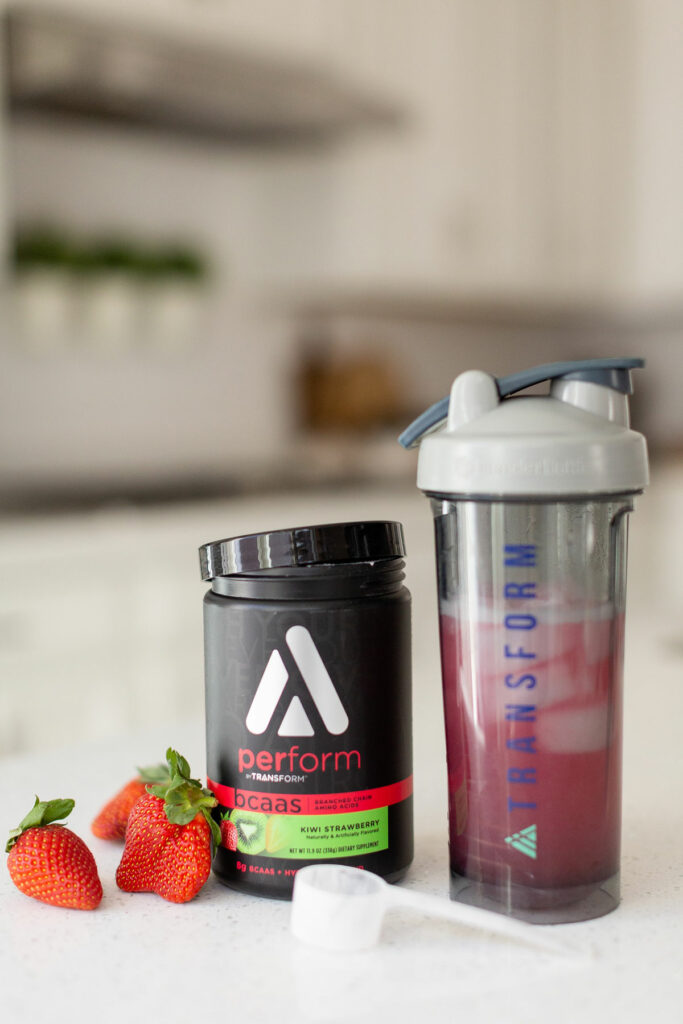
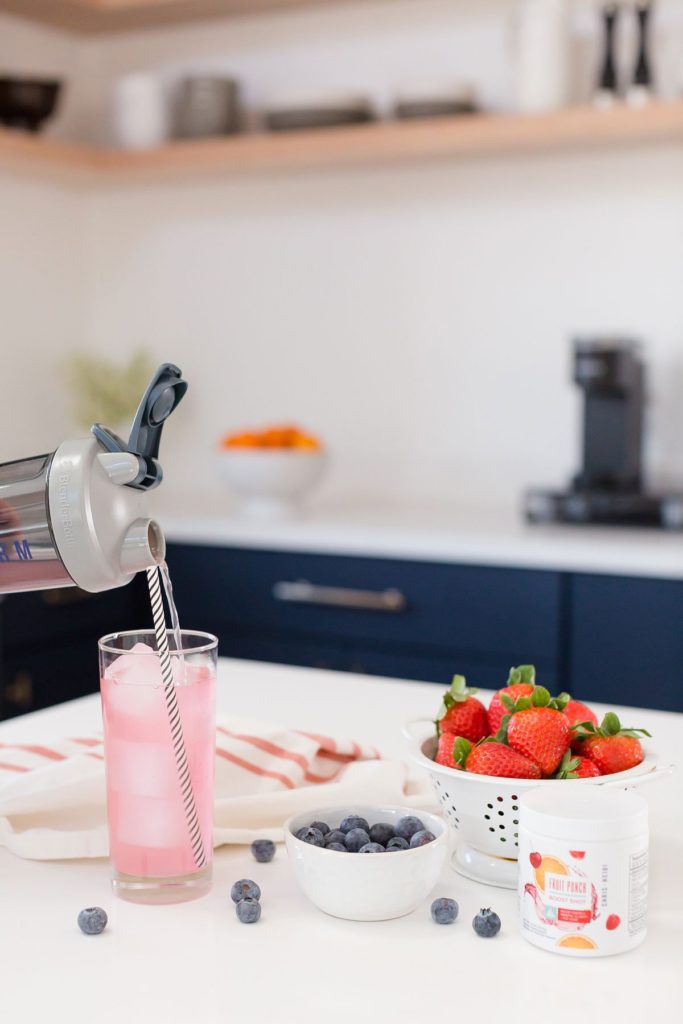
Click here to see more information about BCAA + purchase
Hydration + BCAAs
Have you noticed how often I mention hydration on this blog? That’s because it’s so dang important. Staying hydrated is going to help ease and prevent muscle soreness after a solid workout because when your body is fully hydrated, your joints are going to stay lubricated. When you’re dehydrated, the water in your body is going to be stripped from your joints and muscles during and after your workout and naturally cause aches and pains. And we do not want that! Hydration is also super important for shock absorption when you’re adding in jumps or high intensity workouts to your routine. Being properly hydrated can also help your body flush out toxins, move essential nutrients into the right cells, and regulate your body temperature.
Another hack that ties into staying hydrated? Add some BCAAs to your water bottle next time you work out.
BCAAs stands for Branch Chain Amino Acids, and they’re the essential amino acids our body needs in order to build muscle. When taken in combination with a regular workout routine, BCAAs help to build up the muscle tissues that get broken down during your resistance training.
Most BCAA brands come in a plethora of flavors, and you can mix them with your water and start drinking even during your workout. You’ll notice when you do this consistently that you’re not as sore after your workouts, which is another huge advantage to adding them to your workout routine.
Protein + Nutrition
Adequate protein consumption and proper nutrition is key. We all know that protein is important for building muscle, but paying attention to your overall protein and nutrition intake is going to be essential in ensuring that you’re fueling your mind, muscles, and everything else before, during, and after your workouts.
While there’s some debate as to whether or not protein actually helps with muscle soreness after a workout, I can honestly say that, as a whole, we are what we eat. And if we’re consuming a diet that’s full of processed, artificial foods vs. a diet full of whole foods and adequate protein, our body is going to feel it and show it in how we move, exercise, feel, and sleep.
Paying attention to the food we eat can help us feel our best all the time, including how we perform in the gym and how we recover after our workouts.
Movement
It probably sounds crazy, but one of the best ways to relieve muscle soreness is by…moving. Yep! Get up and work through it! Now, let me be clear about something: There’s definitely a difference between muscle soreness and pain from an injury. It’s up to you to know the difference and pay attention to the cues your body is giving you. If you feel like you’re injured, definitely don’t work through the pain. Instead, contact your healthcare team immediately. But if you’re feeling the general soreness that comes after a workout, it’s okay to get up and move again. Even if it means skipping the weights and opting for some lower intensity moves instead, I promise you that your body will thank you for it. You just have to push through the first few minutes where your muscles are protesting.
On those really sore days, going for a walk or even doing yoga or light stretching can help those muscles loosen up, move the lactic acid out, and help your body recover so that you can keep hitting the weights and keep crushing your goals.
Click here to learn more about kinesiology tape and how to use it and love it here!
Kinesiology therapeutic tape
If you’re not familiar with kinesiology therapeutic tape, it’s basically an elastic therapeutic tape that can be applied to areas of your body where you are experiencing or will experience muscle soreness and/or where you’re recovering from an injury. I won’t go into how to use tape for injury recovery in this blog post, so if you think this might be an option for an injury you’re suffering from, please discuss this with your healthcare team. I know from my own experience that it can be an amazing tool to help with injury recovery!
Kinesiology therapeutic tape has actually been scientifically proven to help with muscle recovery. How does it work? The tape helps drain fluids and boost circulation (increase blood flow) in the muscle(s) it’s applied to by lifting the skin in specific areas, which decreases inflammation, leading to improved muscle recovery. It has to be applied in a certain way to work effectively, so if you think using tape might be a good option to help with muscle recovery, learn more about this product (including tips for applying it) here or check with your healthcare provider.
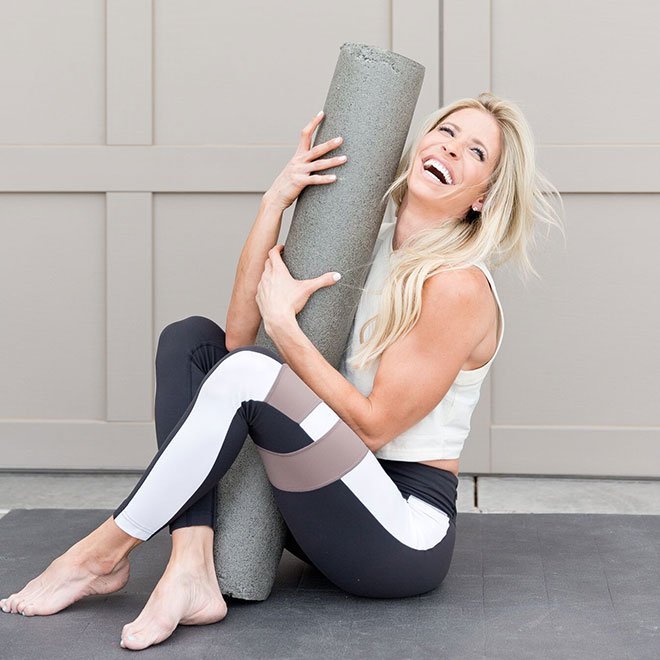

Muscle soreness does not have to hinder or prevent your workouts from happening! While it is literally a pain, with the right tools and products, you can continue to work out and achieve your transformation goals even when those muscles are sore.
xo,
Related reading:
Should You Be Sore After Every Workout?
10 Foam Rolling Exercises, Stretches, and Mobility Movements
Stretch It Out: Why Stretching Is Important
Deep Tissue Massage Ball for Myofascial Release || What, Why, and How + Top Exercises
Power up Your Day with These 6 Energy-Boosting Tips!
